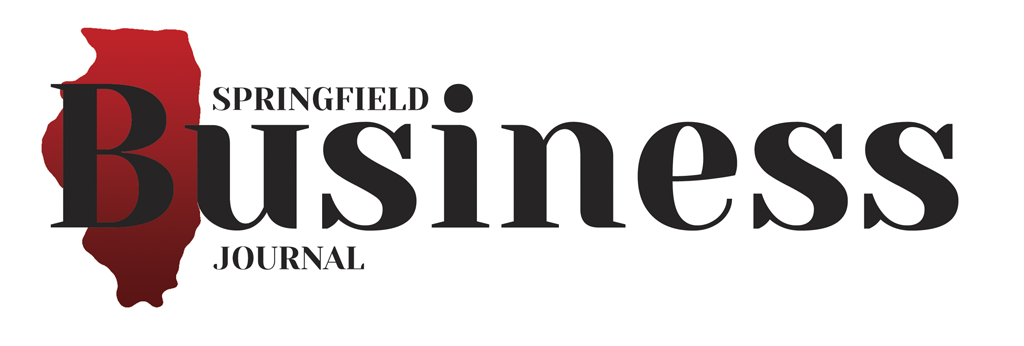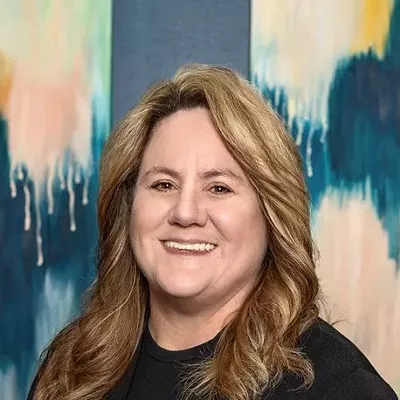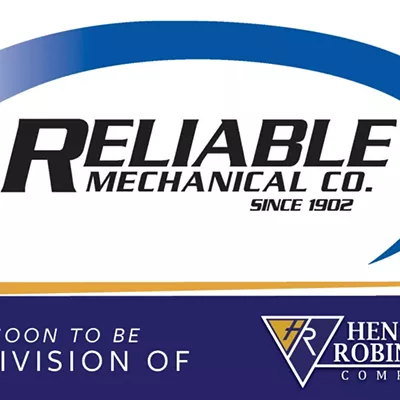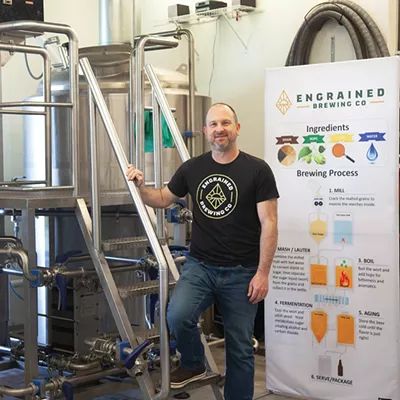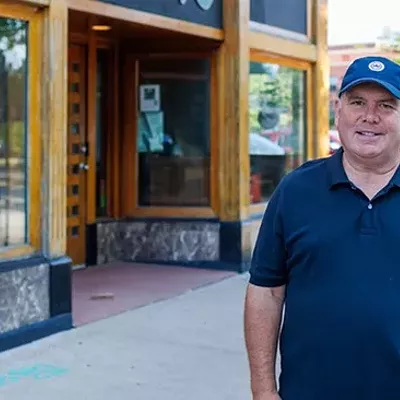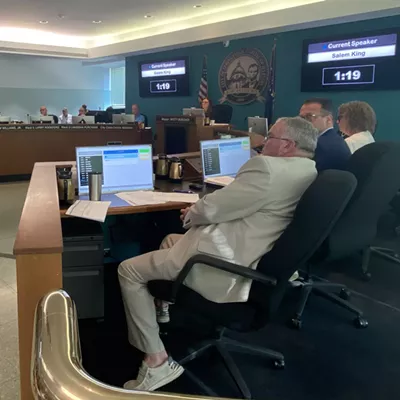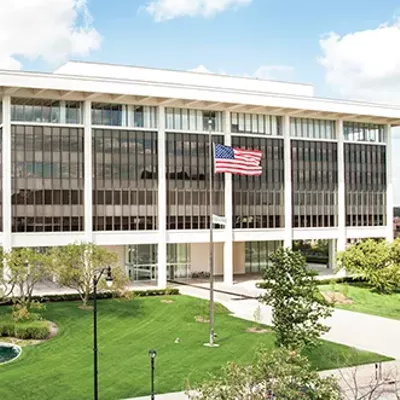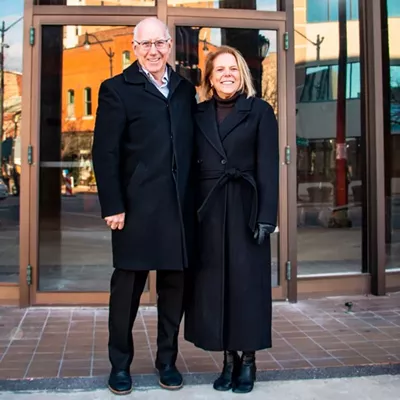Springfield, Ill.— City Water, Light and Power staff has been reviewing the USEPA’s proposed rule, which would mandate the U.S. power sector to achieve a 30% reduction in carbon dioxide (CO2) emission rates from 2005 levels. The proposed rule is not unit specific but instead is a statewide average reduction that must be achieved. There will be many comments from various constituent groups that will be submitted to the USEPA and that agency could make several modifications to the proposed rule before it is finalized. It is most certain that there will also be legal challenges to any final regulation that is issued by the USEPA. The proposed rule directs individual states to implement plans to achieve state-by-state reduction targets. Any potential impact to CWLP would come from Illinois’ plan, which would not be developed until after a final regulation is issued by the USEPA in 2015.
Illinois is being asked to achieve a 33% reduction from 2012 CO2 levels. From the information we have reviewed, it appears the USEPA has set the state-by-state emission reduction targets based on where the electricity is generated and not where it is consumed. In 2012 Illinois plants exported approximately 25% of the energy produced to other states. Under the USEPA’s proposal, other states with better wind profiles or other renewables will benefit from their export of energy purchased by consumers in other states. For example, Iowa, which has developed many wind farms since 2005, is only required to reduce its carbon emissions by 16% from 2012 levels. Ironically, CWLP owns 120 megawatts of wind capacity in Iowa but it will be the State of Iowa that will receive the credit for CWLP’s energy purchased from these wind farms.
CWLP has employed a diversified energy approach that employs coal, gas and renewable energy sources, which allows flexibility and ensures electricity remains reliable and affordable. Utilizing Illinois coal from local mines has been a very affordable, reliable and abundant source of energy and jobs for this community for over a century. We believe that being an early adopter of pollution control technology along with our investments in renewable wind power and natural gas-fired technology while still being a low cost provider of power demonstrates that a diversified energy strategy can work. CWLP was one of the first coal-fired generators to install a scrubber in 1980 and our landmark agreement with the Sierra Club in 2006 in conjunction with the construction of Unit 4, led to a large investment in renewable wind power and significant increases to our existing customer energy efficiency programs.
States and utilities have developed energy resources since 2005 based on what natural resources were available in their area, what resources made economic sense, and what resources were compliant with existing rules. The proposed carbon rule would punish states for decisions made from 2005 to today by regulating carbon from plants that were permitted during this time frame, rather than utilizing 2014 data as the baseline for reductions of CO2.
Based on the information we have available on how these rules might be implemented in Illinois, our staff will be working on a response to USEPA’s proposal that will include relevant information and our feedback about the general impact these regulations would have on our ability to provide reliable and affordable electricity to our customers.”
